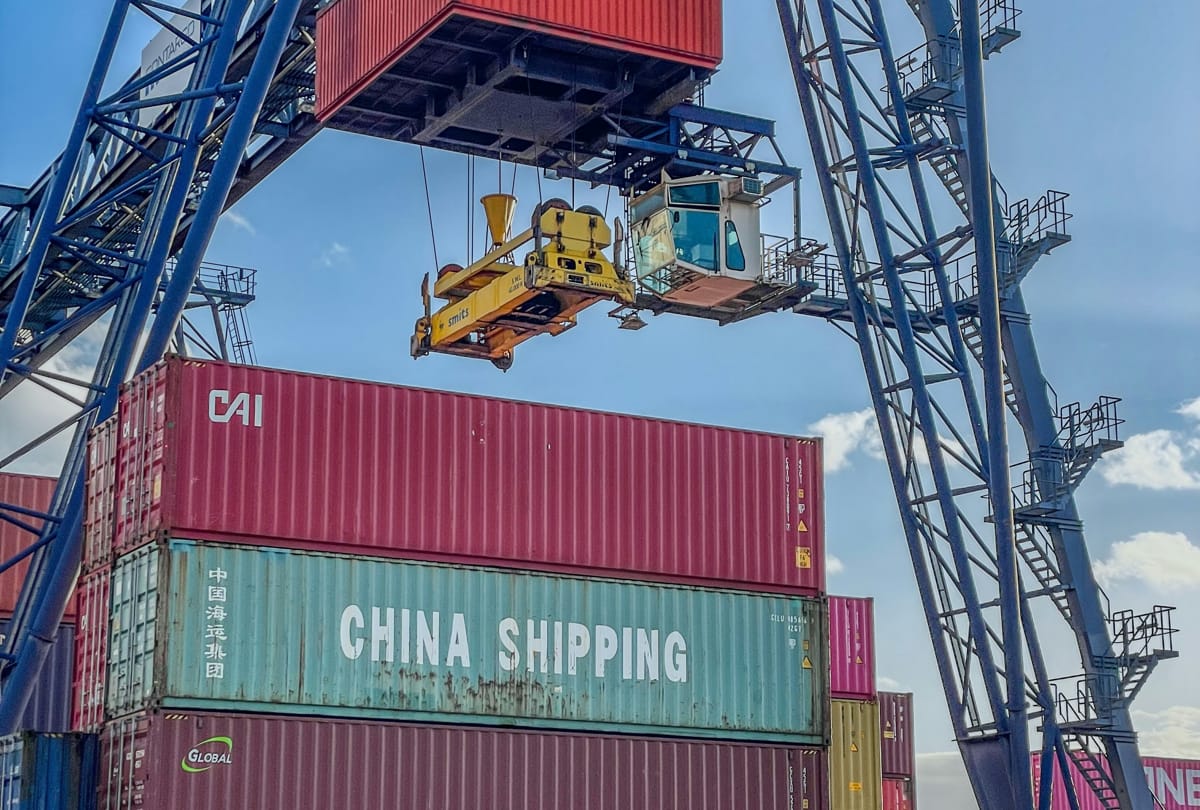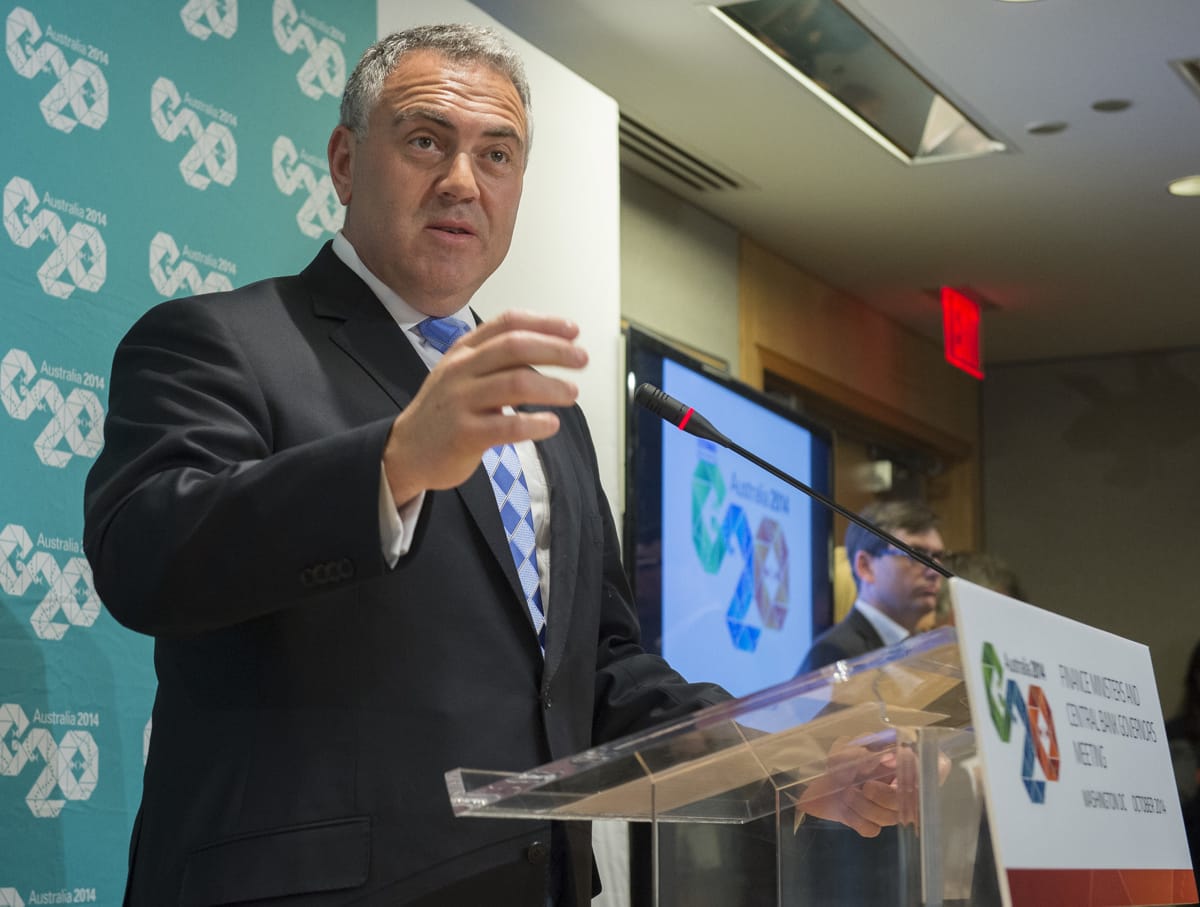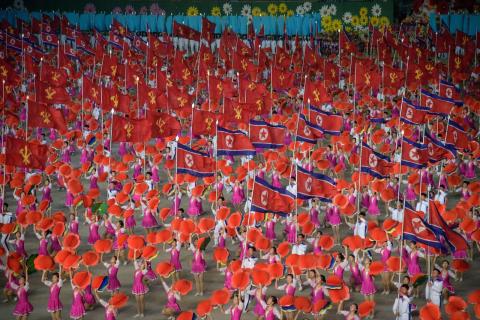New binaries
Australian economic leaders have a double-edged history of trying to redefine their opponents out of the political debate from Paul Keating’s “straightmen, fixers and maddies” to Joe Hockey’s “lifters or leaners”.
But there is a dilemma with Treasurer Jim Chalmers’ bid to give a modernist edge to the government’s wholesale embrace of new wave global industrial policy by framing it as a choice between “nostalgists and strategists”. That is, which word is really the pejorative?
As Chalmers outlined the foreign investment part of the government’s unfolding industry policy at the Lowy Institute this week, it was clear that he was trying to frame the economic-rationalist sceptics – from the Productivity Commission to The Australian Financial Review – as the fuddy duddy old nostalgists.
Yet again wrapping himself in the laurels of the 1980s reforms led by that self-identified “maddie” and subject of Chalmers’ own PhD research, the current Treasurer declared: “Nobody told Paul (Keating) in ‘84 to recreate the economy of ‘44. Nor does any intelligent person say that of ‘84 and 2024 either.”
And Chalmers characterised the government efforts to create an Antipodean “lite” version of the Biden’s administration’s big-spending interventionist Inflation Reduction Act as the stuff of strategic visionaries and hardheads.
The opportunities of a world upturned lie ahead of us not behind us. I believe we can become an island of reliability in a sea of uncertainty. Creating a place for ourselves in this new economic order, powered by cleaner and cheaper energy.
But the “nostalgists” may not be so unhappy being linked to a moment when a Labor government embraced reforms, which imposed short term pain on its industrial base for longer term benefits and overturned the shibboleths of its platform.
And “strategist” is not such an edifying moniker in these days of 24-hour politics. Indeed, this policy, to some extent, is a rebadging of the government’s manufacturing commitments in the 2022 election campaign with a heavy new lashing of national security paint, all ahead of yet another election.
It is now conventional wisdom that Labor governments can’t survive in Australia without claiming the mantles of national security management and economic management from the conservatives. And Chalmers ability to weave these two narratives together in a way that cuts through to voters is a key strength of the government. Although some opinion polls show potential weakening of support on both fronts.
This week’s announcements have at least placed some guiderails around how the government will choose which “opportunities” to support and then how to circumscribe funding to failing projects. Nevertheless, just in the Treasurer’s speech and the separate new foreign investment guidelines this week, there are so many “tests”, “streams”, and “examples” of what is potentially in favour that there will be plenty of scope for lobbying for support.
And it is striking that as the first projects have drawn favour there are already quite persuasive critics pointing out that, from solar panel production to quantum computing development, there are other nominated government objectives being undermined.

Baton change
Despite Chalmers’ best efforts to maintain that Australia runs a country agnostic rather than a China phobic foreign investment policy, the latest data from the coal face at least hints at something different.
Contrary to the Treasurer’s claim following his Lowy speech that investment from China has not fallen since his predecessor Josh Frydenberg started tightening policy a few years ago, there has been a clear sea change in the relative interest in investing here from Australia’s two key Asian economic partners – China and Japan.
According to the just released annual surveys by Herbert Smith Freehills/Australian National University (Japan) and KPMG/University of Sydney (China), last year there were four times as many inbound investments from Japan (44) than China (11). Seven years ago, there were three times as many investments from China (102) than Japan (30).
These bottom-up, grassroots deal figures provide a good insight into the tempo of foreign investment interest. They are also backed up by the latest Australian Bureau of Statistics investment data which show the stock of Japanese direct investment increased 45% over that seven-year period to $141 billion last December as Australia built a deeper security relationship with Japan. The Chinese stock only rose 18% to $47 billion as the trade coercion tensions rose, and adding the separate smaller Hong Kong stock only reduces the growth rate.
The KPMG survey says the annual inflow of Chinese investment has declined from US$10 billion in 2017 to US$892 million last year. The Herbert Smith Freehills survey does not produce a comparable Japan annual value figure. But the ABS says the annual flow of Japanese direct investment last year was $9 billion which was ten times the Chinese flow and about 50% higher than in 2017.
When the KPMG grassroots survey over 20 years records of US$113 billion ($175 billion) in deals compared with the ABS combined China/Hong Kong direct investment stock of $63 billion, there are obviously some questions about the origins, extent, and financing of the former Chinese investment boom. (Although these statistical issues also arise with Japan to some extent).
Nevertheless, even without the new rules – between the Frydenberg changes, the diplomatic tensions, and China’s shift to investing in Belt and Road Initiative countries – from a numerical perspective if not a national security perspective, the Chinese investment “threat” seems to be more retrospective rather than prospective.
End of the road
It is now ten years since then Treasurer Joe Hockey secured the key legacy from Australia’s year chairing the Group of 20 (G20) economic powers for his hometown in Sydney, after Brisbane won as host of the leaders’ summit itself.
Hockey backed the idea of a global infrastructure hub to share experience on infrastructure development around the world from the first G20 officials meeting in February 2014, often citing Australia’s public asset recycling approach. Australia pushed its pet project through the leaders’ summit later that year, despite criticism at the time that it would duplicate work already done by institutions such as the World Bank. It sweetened the idea by backing it with $30 million over four years – and Sydney duly won the Global Infrastructure Hub (GI Hub).
So, as another government embraces the latest international economic policy fashion in this month’s budget, there is perhaps something to be learned from the quiet closure of the GI Hub this month to leave its work to a World Bank agency, the Public-Private Infrastructure Advisory Facility (PPIAF).

Australia has funded just over half of the GI Hub’s $120 million budget over the past decade, substantially helped out more recently by Canada which set up its own associated Hub in 2019 – ironically to be closer to institutions such as the World Bank. Australia has also provided about 10% of the core funding for the PPIAF over the past two decades.
After a review of the GI Hub’s future, chair Chris Legg announced:
We’re grateful to the World Bank for opening its doors to us and look forward to bringing GI Hub resources and networks to continue strengthening the delivery of infrastructure that transforms societies and empowers future generations.
The Hub has been though several permutations promoting more efficient infrastructure planning in the developing world as Australia has obtained varying co-funding from countries as diverse as the United Kingdom and Mexico over the years. But apart from presumably kicking a few million dollars into Chalmers’ new international economic project, its closure seems to highlight two quite different geo-economic trends.
The first is the relative shrinking of the G20 as an institution amid geo-economic tensions around the rise of China and associates, in favour of the old Bretton Woods order, in this case in the form of the World Bank.
The second is Saudi Arabia’s efforts to shift from being a theocratic petrodollar state to more of a conventional diplomatic player. The Saudis seem to have saved Australia from a post-pandemic co-funding hole at the GI Hub by forking out $12 million in support last year. They are also providing the new funding to create a rebadged GI Hub Global Knowledge Trust Fund inside the PPIAF.
And, a small postscript on a diplomatic dalliance
It is less than two months since South Korean President Yoon Suk-yeol sent former defence minister Lee Jong-sup to be ambassador to Australia, billed as part of the step-up in defence cooperation between the two countries. But within three weeks Lee was back home, resigning the job due to a corruption investigation and trying to stop the posting becoming an issue in the country’s election.
So, it was striking to see at the 2+2 Foreign and Defence Ministers Meeting this week in Melbourne this week that the issue did not even rate a question at the closing media conference as Defence Minister Richard Marles endorsed the idea of Hanwha taking over naval ship builder Austal.
Perhaps that is a testament to a strong relationship, or media short memories, or just politicians used to living with hasty captain’s picks. The real test will be whether Korea comes up with another ex-ministerial level appointment to Canberra consistent with the previous justification that Lee represented an upgrade for the job. Korea normally only sends ex-ministers to the United States, China, Japan and Russia.
.jpg?itok=ppt955DA)
